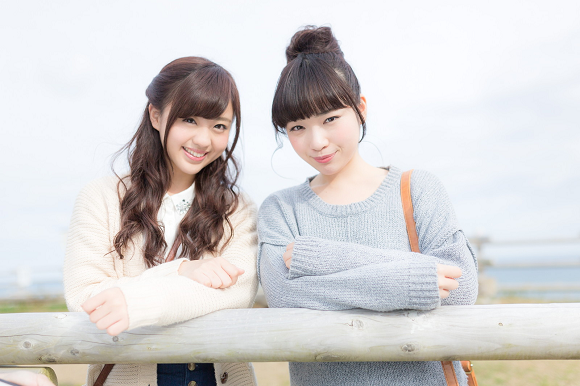
The scent, evocative of two fruits, was found to make women 74 percent more attractive.
Back when I was in college, an acquaintance of mine who was answering a survey listed his favorite smell as “young women.” I sort of figured he was either trying to be funny or suffering the psychological effects of a major dating dry spell, but it turns out he may have been on to something.
Researchers from Japanese company Rohto Pharmaceutical claim to have isolated two chemical compounds that young women produce in greater quantities than their older counterparts, thus giving them a unique smell. The discovery came as part of a broader study on body odor that Rohto was conducting, wherein they asked 500 women, ranging in age from their teens to 59, to wear the same clothing for 24 hours after taking a bath. Researchers then collected the clothes, blindfolded themselves, and smelled them, in one of those moments where the line between hard science and erotic anime becomes surreally blurred,
▼ No word on what exactly they used as blindfolds.
While the most prevalent smells had a slightly sour sweatiness to them, researchers also said that “We were surprised by a sweet aroma wafting up from [the clothes of younger women].” After further examination, it was determined that the sweet-smelling clothes owed their aroma to higher amounts of the acid compounds Lactone C10 and C11, which correspond to the fragrances of peach and coconut.
Lactone C10 and C11 were found in far greater amounts in the clothing worn by women in their teens and 20s than participants from other age groups, with Rohto pegging 35 at the age where the most dramatic drop-off occurs.
Not surprisingly, Lactone C10 and C11 were also found to have an effect on a woman’s perceived attractiveness. Going back to “science experiments that could be pervy anime storylines,” Rohto’s researchers looked at and evaluated a series of photographs of women.
▼ “Tanaka, this week your assignments are to sniff a pile of women’s laundry, then tell us which girls you think are hot.”
The same photo, when evaluated while the researcher was exposed to a mixed fragrance of Lactone C10 and C11, was 15 percent more likely to be judged as “feminine,” 47 percent more likely as “youthful,” and 74 percent more likely as “attractive.”
Armed with this information, Rohto says it plans to develop body soap and other grooming/wellness product packed with the power of Lactone C10 and C11, aimed at women who want to maintain an aura of youthful vivaciousness. If they’re really looking to maximize their profits, though, they might want to also look into marketing the products to men, too, considering that girlish-smelling body wipes became a sleeper hit with lonely dudes in Japan.
Source: Livedoor News/Sankei News via Hachima Kiko
Top image: Pakutaso
Insert images: Pakutaso (1, 2)
Follow Casey on Twitter, where you can easily replicate the “Casey smell” by using Sea Breeze body soap.